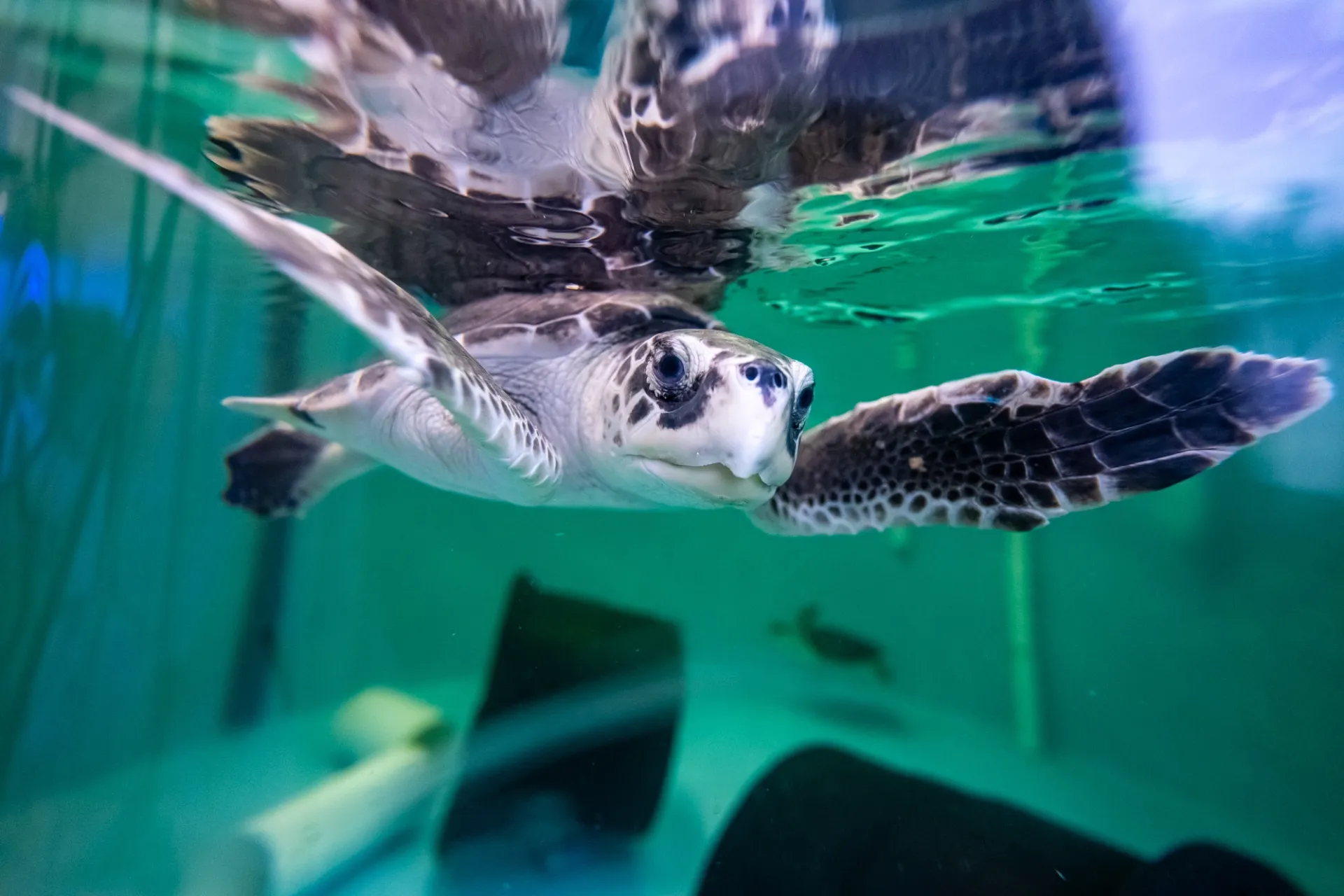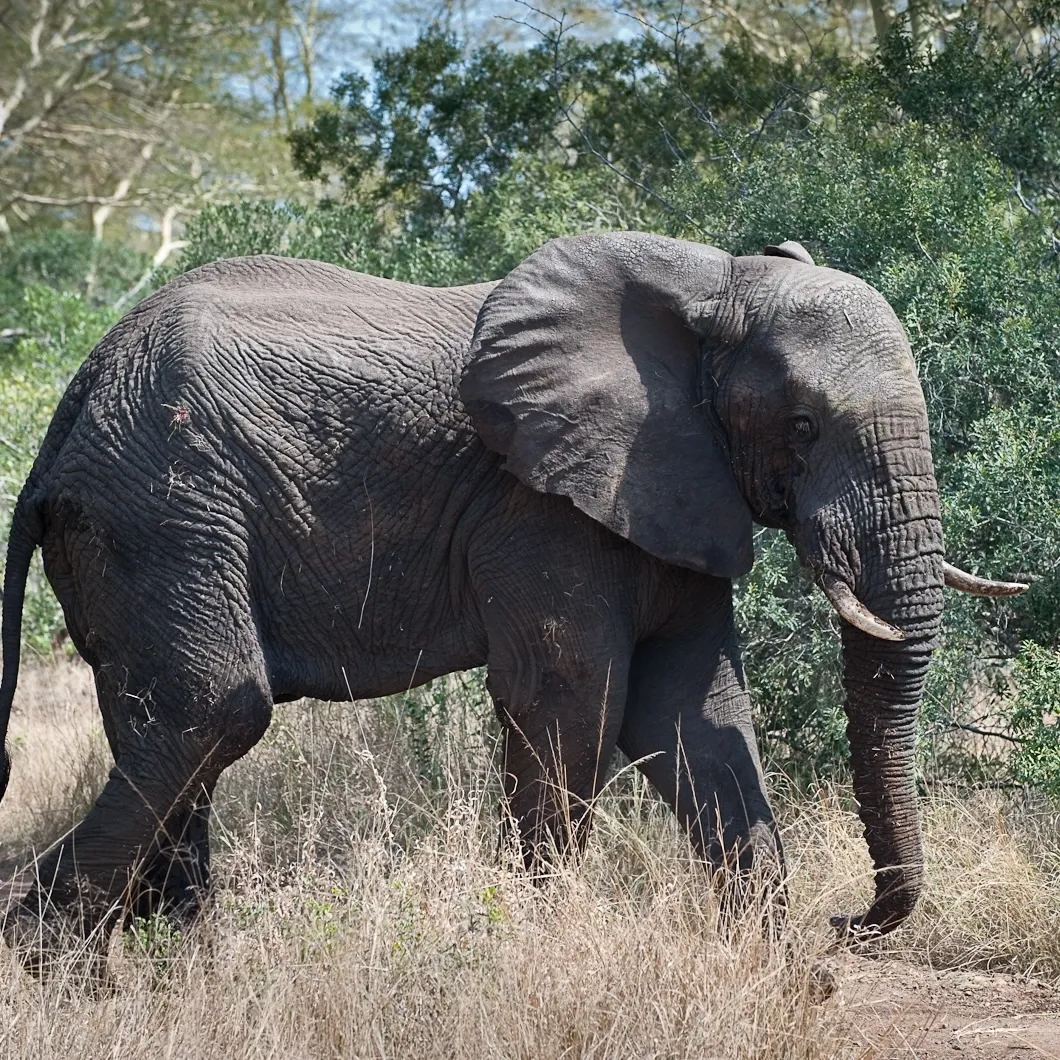
Uganda/ICON
Centered at Murchison Falls National Park, Uganda, the Zoo has initiated a partnership with Innovation for Conservation (ICON) of WildCRU, Oxford University, UK for developing a conservation capacity-building program. The work at and around Murchison Falls supports human-wildlife coexistence practices in collaboration with Ugandan wildlife agencies. The parties are collaborating on a snare removal and repurpose program that generates livelihood benefits for the community, called Snares to Wares. Our contributions will make the community artisan training more effective and involve the community to share conservation-related information with the project team for effective monitoring. Educational collaborations between the two parties will focus on integrating nature and conservation education with school-based nutrition and community activation efforts. The overall goal for both streams of work is to reduce community dependence on marginal livelihood activities, such as poaching or harvesting from Murchison Falls, and increase community support for wildlife and community coexistence.
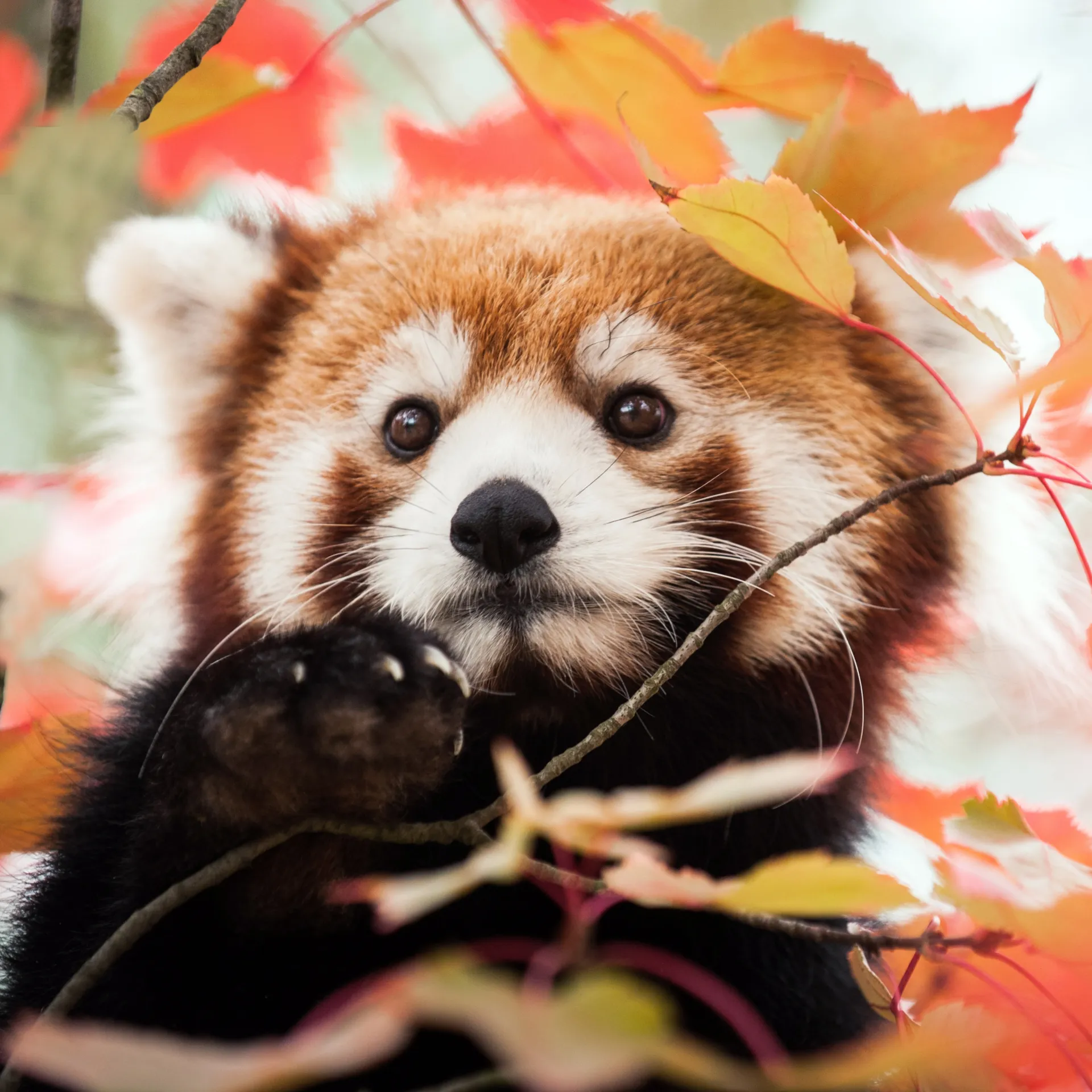
Red Pandas
Zoo personnel are key members in the SAFE Red Panda, with Shafkat Khan (director of conservation) the Vice Program Leader, Jenn Torpie (vice president of Education and Community Engagement) co-leading the Public Engagement workgroup, and Lauren Kane (Associate Veterinarian) co-leading the One Health workgroup. Shafkat Khan and Jenn Torpie are part of the SAFE’s steering committee. Zoo staff provided significant leadership in creating the program plan.
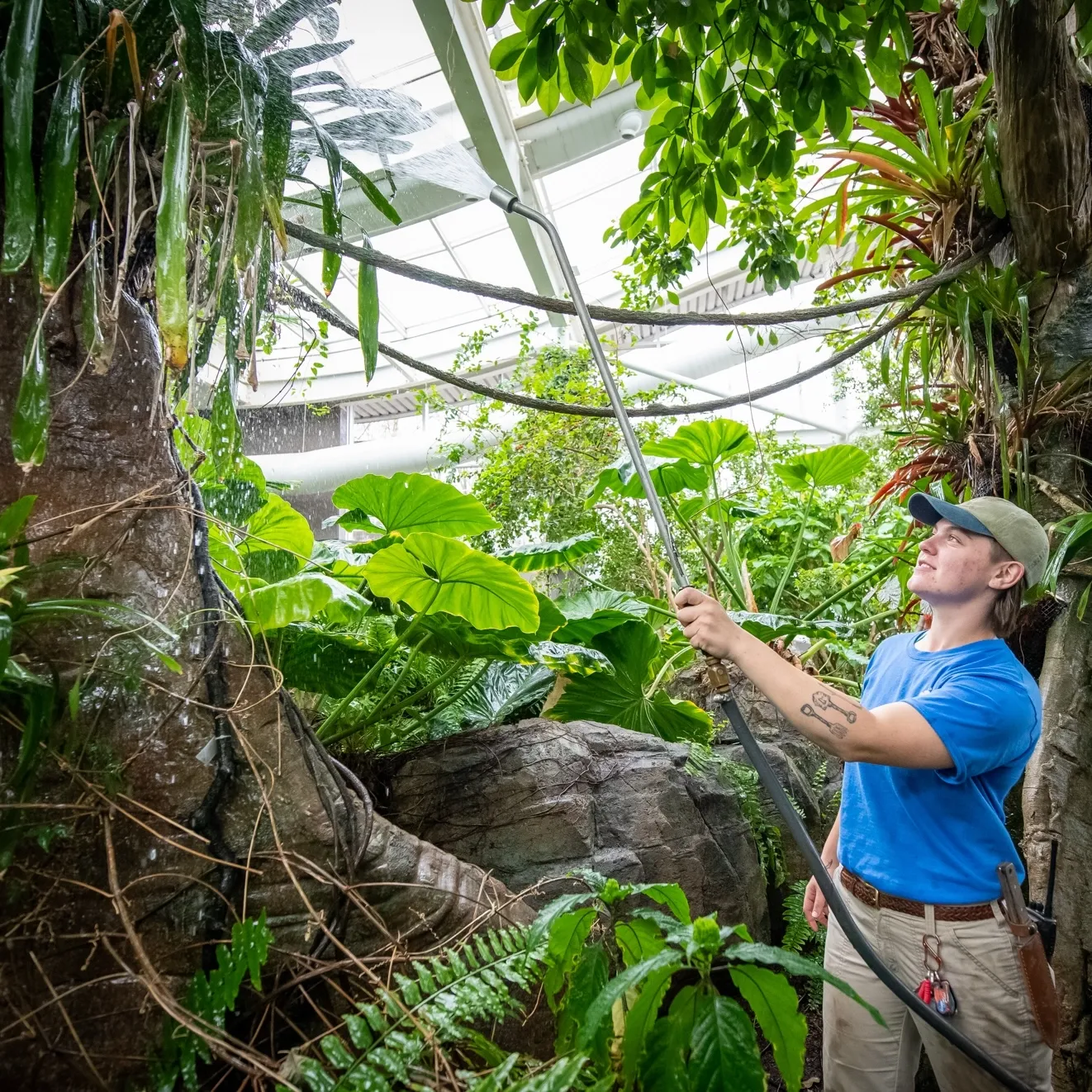
Living Landscapes
Songbird and insect declines are in serious decline in North America. Besides habitat loss, insecticides and other harmful practices (such as night lights) lead to loss of insects, especially caterpillars, that support bird populations. You can take action and help reverse this decline by planting habitat-providing trees, shrubs, and other plants that support insects and birds. These actions can be at any scale you can manage—from a plant pot to your front or backyard.
Reintroduction programs at the International Conservation Center: The International Conservation Center (ICC) in Somerset County is the Zoo’s conservation breeding and reintroduction center. Here, species of conservation concern are bred for reintroduction according to established program specifications. A partnership with SAFE (Saving Animals From Extinction) Bison has been established for conservation breeding. Wild Bison (i.e. pure genetic stock), received from American Prairie, Montana, arrived at the CC in 2024. Additionally, in 2025, through a partnership with Pennsylvania Game Commission, we are setting up a soft release site for Allegheny Woodrat, a species listed as threatened in Pennsylvania. Individuals bred at other zoological facilities will use the soft release site at the CC to acclimatize and become release-ready.
Sea Turtle Second Chance Program: The PZA team rehabilitates cold-stunned sea turtles through the winter months and releases the turtles in late spring, typically in May. The program started in 2015, and has rehabilitated 5-10 sea turtles each year, with ~200+ hours/year on average. In 2023-24 winter, after six months of rehabilitative care, two team members traveled with two Kemp’s ridley and four green sea turtles for release off the coast of Jacksonville, Florida. In 2024-25 winter, PZA rehabilitated 13 sea turtles of loggerhead (2), green (4), and Kemp’s ridley (7) sea turtles.
Regional collaboration on mussel reintroductions: PZA is working with Western Pennsylvania Conservancy on the Pennsylvania Boat Commission’s mussel-rearing and release program. As part of this program, mussels from the Boat Commission’s hatchery will be reared for growing into larger size classes prior to releasing in Southwest Pennsylvania streams where mussels have been extirpated locally. Further discussions with Western PA Conservancy is taking place in early 2025 to determine next steps and setting up mussel rearing facility at the Aquarium on PZA campus.

The Pittsburgh Zoo & Aquarium is involved with various Saving Animals From Extinction or SAFE programs. We currently partner with the following SAFE programs: Red Panda, African Elephant, North American Songbirds, North American Bison, African Lion, and Sharks and Rays. Key contributions to various SAFEs are mentioned below:
SAFE Red Panda: Zoo personnel are key members in the SAFE Red Panda, with Shafkat Khan (director of conservation) the Vice Program Leader, Jenn Torpie (vice president of Education and Community Engagement) co-leading the Public Engagement workgroup, and Lauren Kane (Associate Veterinarian) co-leading the One Health workgroup. Shafkat Khan and Jenn Torpie are part of the SAFE’s steering committee. Zoo staff provided significant leadership in creating the program plan.
SAFE African Elephant, International Elephant Foundation: The Zoo is a founding member of SAFE African Elephants. In addition, PZA is a longtime supporter of the International Elephant Foundation (IEF). Through financial contributions to IEF, the Pittsburgh Zoo supports a grants program that funds on-the-ground research and conservation of African elephants.
SAFE North American Songbirds: The Zoo contributes to this SAFE program’s goals through its canopy-based urban conservation program. Additionally, Zoo staff have implemented and is expanding bird-window collision prevention measures throughout the Zoo. New signages on ways Zoo guests can provide habitats for songbirds in their front and backyards have been installed in Kids Kingdom.
SAFE Orangutan: Zoo staff have participated in this SAFE since 2023. Kelsey Forbes, curator of mammals, is a member of the education advisory committee of this SAFE and has coordinated with in-situ partners for education and engagement resource curation in 2023 and 2024.
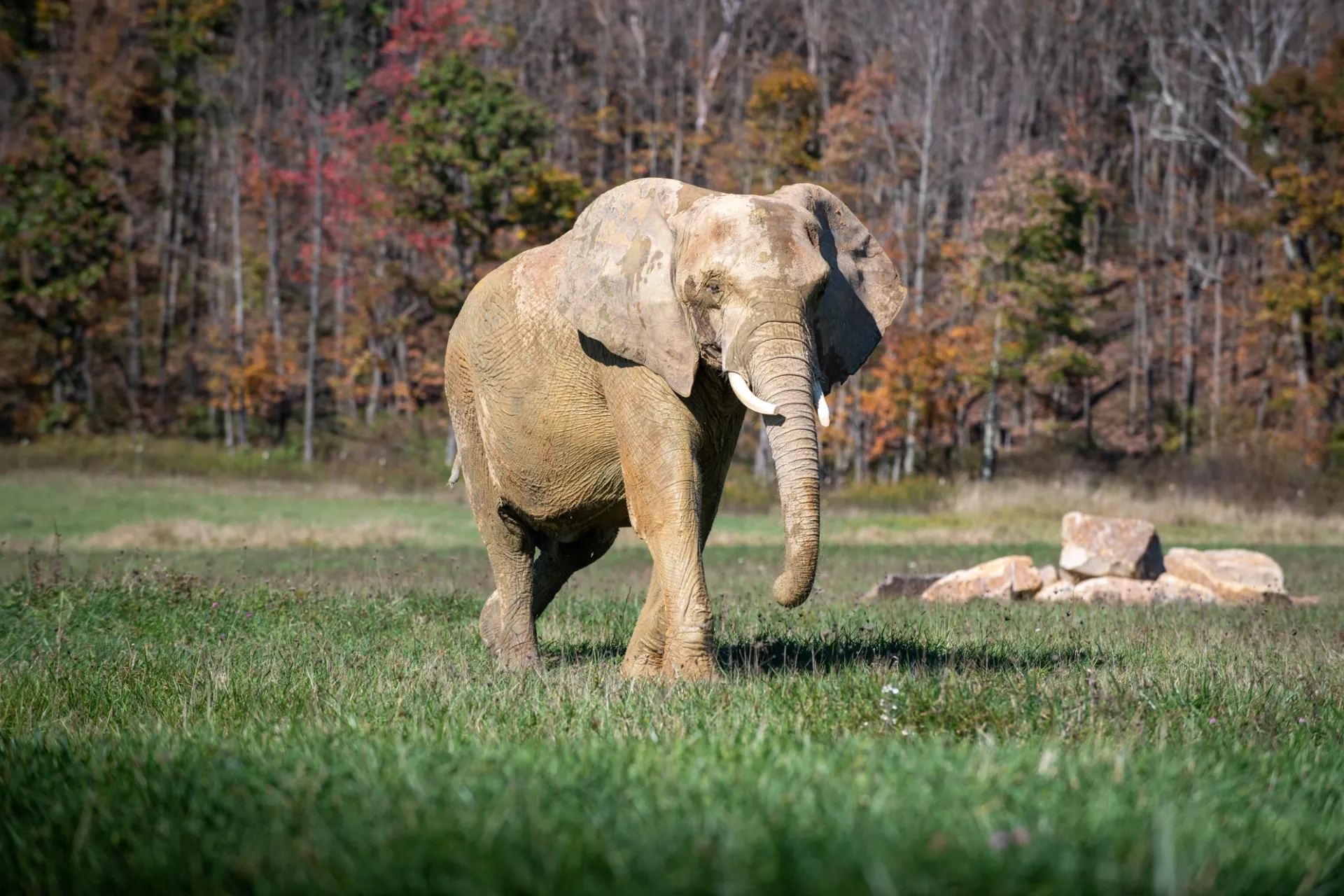
Victoria Falls Wildlife Trust (VFWT): The Zoo has collaborated with animal care staff participating in TB exams, elephant collaring activities, and other field support for VFWT activities. We are expanding upon this partnership on human-elephant coexistence in the Kavango-Zambezi (KAZA) transfrontier landscape, where 50% of the global African elephant population lives. In 2024, PZA supported VFWT for wildlife ranger training to take place in 2025. Additional educational collaborations are also ongoing to support VFWT’s school programs.
Uganda/ICON: Centered at Murchison Falls National Park, Uganda, the Zoo has initiated a partnership with Innovation for Conservation (ICON) of WildCRU, Oxford University, UK for developing a conservation capacity-building program. The work at and around Murchison Falls supports human-wildlife coexistence practices in collaboration with Ugandan wildlife agencies. The parties are collaborating on a snare removal and repurpose program that generates livelihood benefits for the community, called Snares to Wares. Our contributions will make the community artisan training more effective and involve the community to share conservation-related information with the project team for effective monitoring. Educational collaborations between the two parties will focus on integrating nature and conservation education with school-based nutrition and community activation efforts. The overall goal for both streams of work is to reduce community dependence on marginal livelihood activities, such as poaching or harvesting from Murchison Falls, and increase community support for wildlife and community coexistence.
Awajun in Alto-Mayo, Peru with Machacuay Community Conservation: In collaboration with Bioparc Conservation, a French zoological conservation organization, the Zoo is helping implement community-based conservation in the Alto-Mayo region of Peru with two villages of Awajun indigenous communities. Our partner, Machacuay Community Conservation, supports two indigenous villages with camera trapping, on-the-ground organization, and management of Peruvian government provided funds for 100K hectares of rainforests. In collaboration with another NGO, OnePlanet, the Zoo is providing conservation planning and assessment for establishing effective livelihood and forest monitoring in this highly biodiverse region. An agreement is in place for sharing camera trap data with Zoo education courses. A recent biological survey in the neighboring valley by Conservation International documented 20+ species new to science. With our contribution in planning and limited funds, the Zoo is helping conserve high biodiversity rainforests with direct climate change and community benefits.
